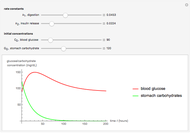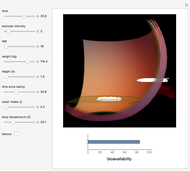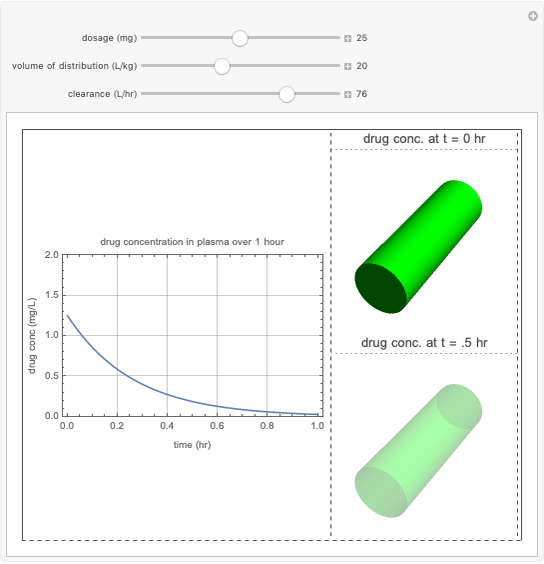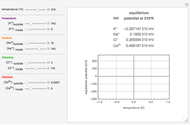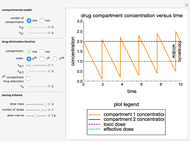Blood Lactate Concentration in "Good" and "Bad" Runners

Requires a Wolfram Notebook System
Interact on desktop, mobile and cloud with the free Wolfram Player or other Wolfram Language products.
During aerobic exercise, lactic acid is released into the bloodstream as a result of glycolysis. Homeostasis causes lactic acid to come to chemical equilibrium with lactate and hydrogen ions, which accumulate in the blood as a result of exercising. A "good runner" is defined as an individual with a high lactate concentration threshold, and who therefore produces less lactate and hydrogen in the bloodstream. A "bad runner" is defined by a lower lactate threshold and faster acidosis, which can potentially cause higher rates of respiration, nausea and vomiting. Red blood cells are used to visualize the varying concentrations of lactate in the two runners.
Contributed by: Abigail Scavone and Claire Choi (January 2023)
Open content licensed under CC BY-NC-SA
Snapshots
Details
Reference
[1] M. L. Goodwin, J. E. Harris, A. Hernández and L. B. Gladden, "Blood Lactate Measurements and Analysis during Exercise: A Guide for Clinicians," Journal of Diabetes Science and Technology, 1(4), 2007 pp. 558–569. www.ncbi.nlm.nih.gov/pmc/articles/PMC2769631.
Permanent Citation








